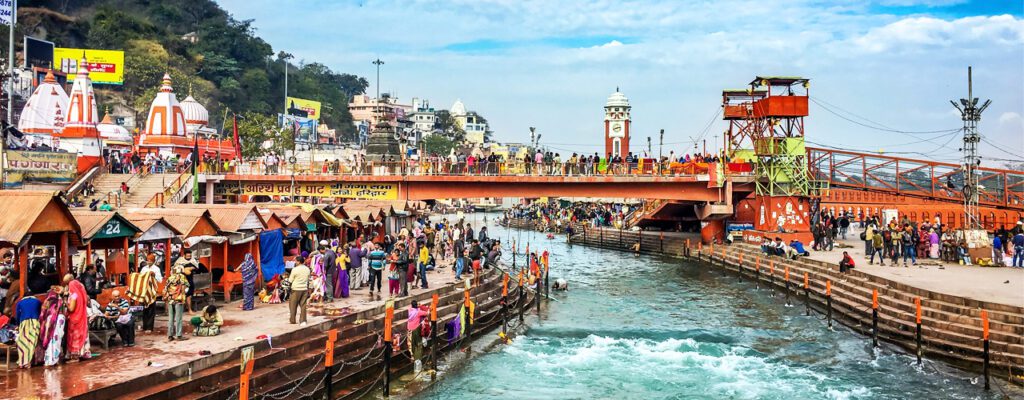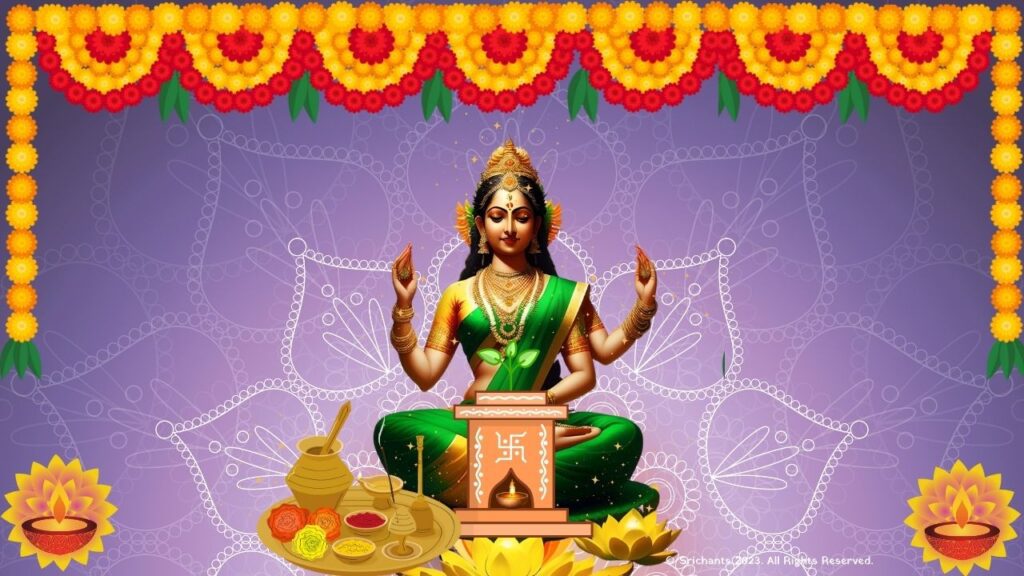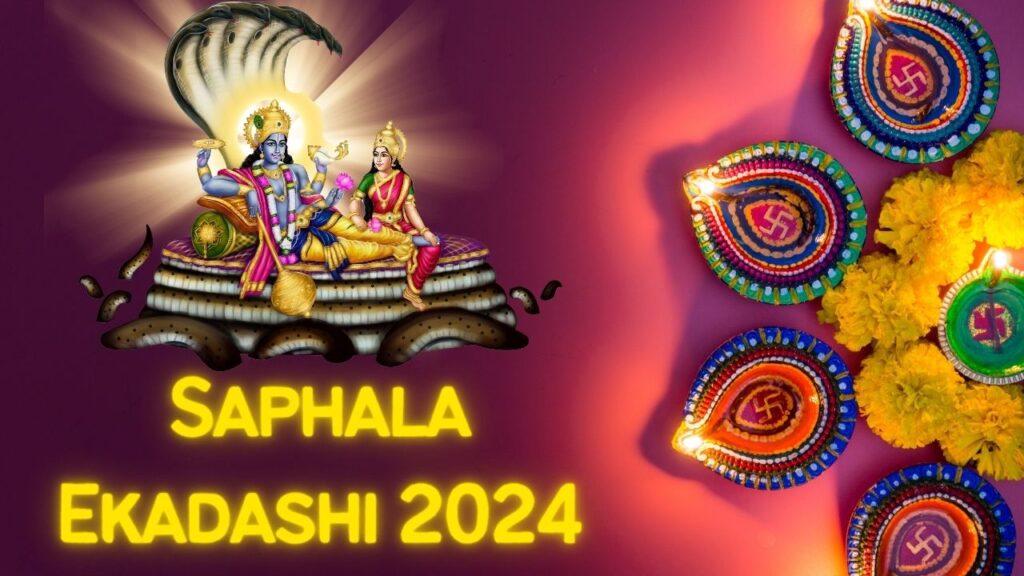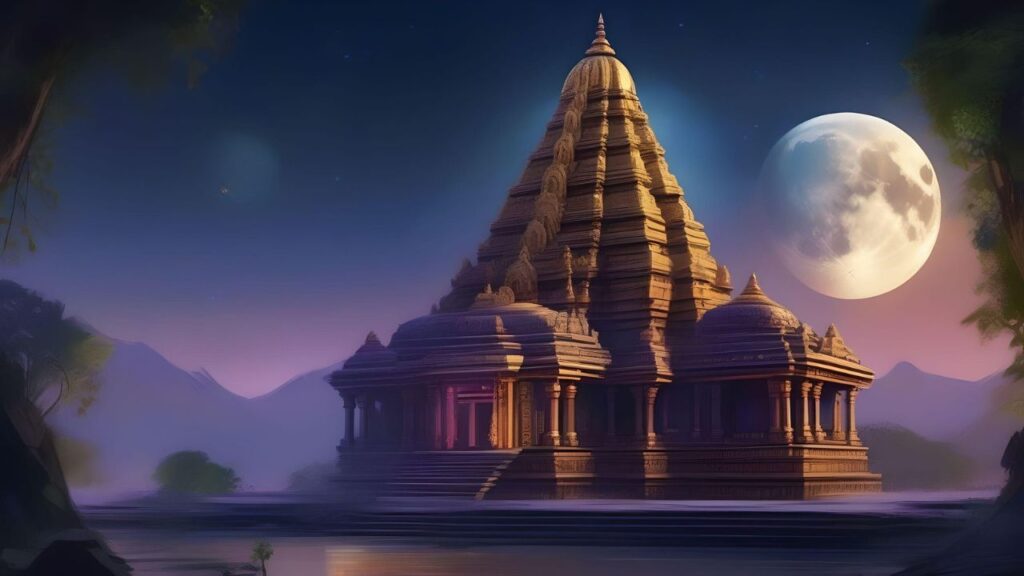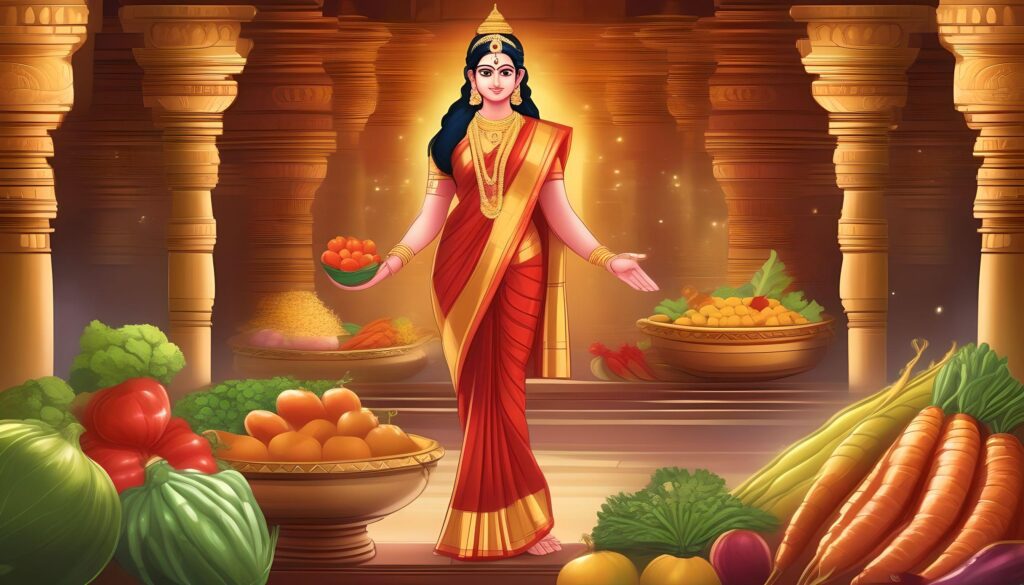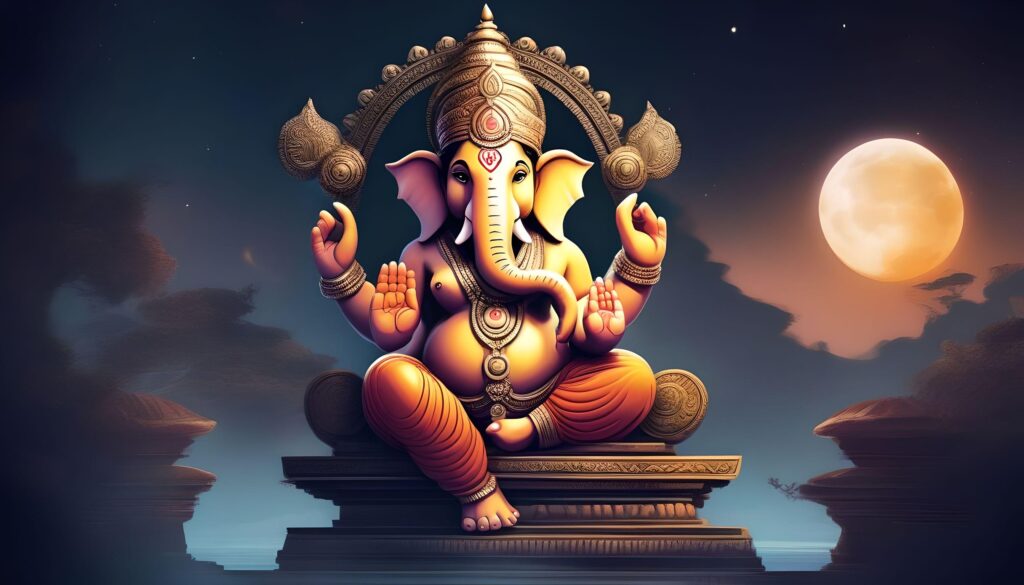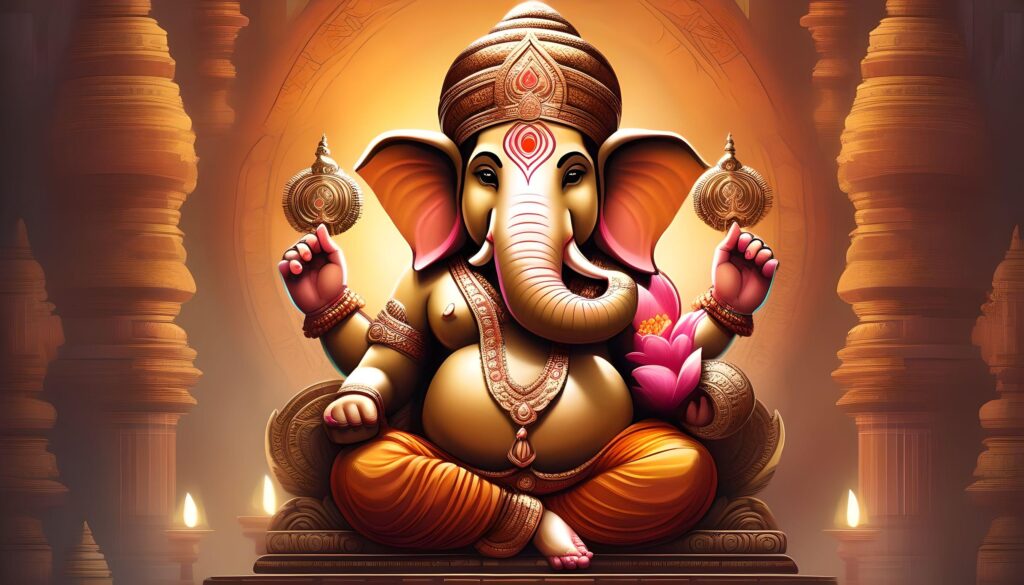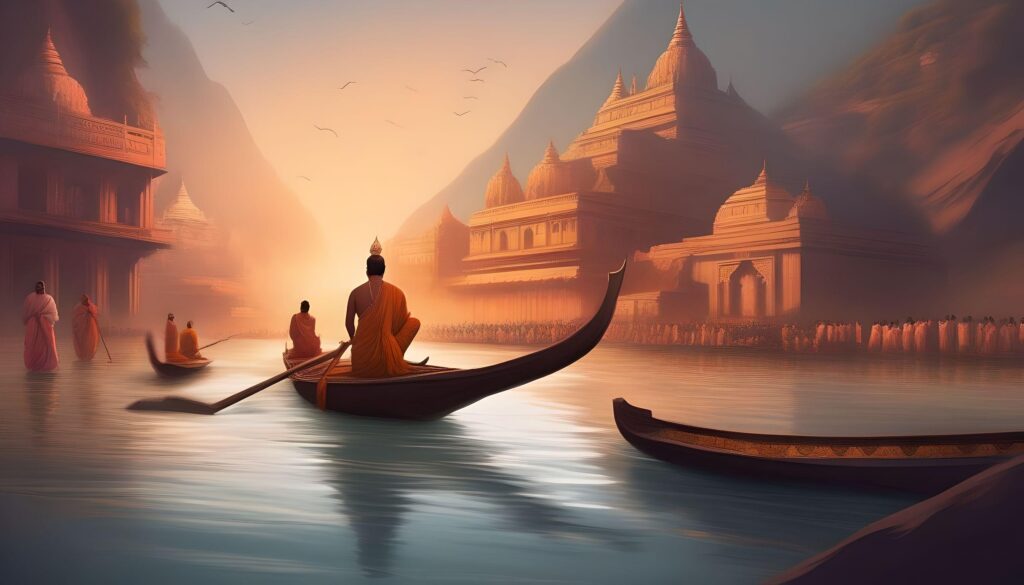Haridwar Navratri : Kumbh Fair and Kanwar Yatra : The Vibrant Celebration
Introduction
Navratri, the nine-night festival that is dedicated to the worship of the Hindu deity Durga, is celebrated with great fervor and enthusiasm throughout India. Haridwar, a city situated at the foot of the Shivalik ranges of the Himalayas in Uttarakhand, is one of the most significant and vibrant locations to experience the atmosphere of Navratri. Haridwar is not only celebrated for its religious significance, but also for its hosting of the world-renowned Kumbh Mela and the awe-inspiring Kanwar Yatra. The following article will delve into the magnificent events of Kumbh Mela and Kanwar Yatra, as well as the rich history, traditions, and significance of Navratri celebrations in Haridwar.
Early Records: The Origins of Navratri in Haridwar
One of the four sacred locations where the Kumbh Mela is celebrated is Haridwar, the others being Prayag (Allahabad), Trimbak (Nashik), and Ujjain. Although the precise age of the Kumbh Mela is uncertain, the fair in Haridwar is believed to be the original Kumbh Mela, as it is celebrated in accordance with the astrological sign of Aquarius, Kumbha. Khulasat-ut-Tawarikh (1695) and Chahar Gulshan (1789) are the earliest extant texts that reference the Kumbh Mela. The fair at Haridwar is the subject of these texts, which also mention comparable festivals at Nashik and Allahabad. The Kumbh Mela at the other three locations is said to be an adaptation of Haridwar’s Kumbh Mela to the pre-existing local festivals.
Mughal Era: Battle and Massacres
Haridwar was the site of significant activities associated with the Kumbh Mela during the Mughal era. A battle between competing akharas (sects) at Haridwar in 1640, presumably during a Kumbh Mela, is mentioned in the Dabestan-e Mazaheb (c. 1655) of Mohsin Fani. Violence and epidemics were prevalent during the 18th-century Kumbh Melas. The Shaivite Gosains and the Vaishnavite Bairagis engaged in a violent conflict in 1760. As a consequence of the conflict, Vaishnavite sadhus were massacred, and their participation in the Kumbh Mela was subsequently restricted. A cholera epidemic occurred during the Kumbh Mela in 1783, resulting in the deaths of thousands of pilgrims. Another massacre occurred in 1796, this time directed at the Shaivites. The challenges and turmoil encountered during the Kumbh Melas in Haridwar during the Mughal era are underscored by these events.
Company Rule: Changes and Adaptations
The administration of the Kumbh Mela in Haridwar underwent substantial changes with the emergence of the British Raj. The Kumbh Mela was overseen by the Akharas, Hindu ascetic sects, prior to the establishment of British rule. The Sadhus’ function was restricted by the British administration, which also implemented new regulations. The Kumbh Mela was a significant commercial event that drew merchants from far-off regions, such as Arabia, during the Company’s rule. During the Kumbh Melas, the British government implemented initiatives to enhance traffic management and sanitation. In particular, the 1867 Kumbh Mela was characterized by enhanced sanitation measures, traffic control, and arrangements.
British Raj: Magnificence and Diversity
The Kumbh Mela in Haridwar was characterized by its magnificence and diversity during the British Raj period. A diverse array of races and regions were drawn to the exhibition. Merchants from various regions of India and even as far as Arabia participated in the fair, in addition to clerics, soldiers, and religious mendicants. Hindu rajas, Muslim Nawabs, Sikh royals, and even European merchants attended the Kumbh Mela. The fair evolved into a fusion of trade, religion, and cultures. The British government endeavored to guarantee the safety and welfare of the pilgrims, enhance traffic administration, and preserve law and order.
Independent India: Continuing Traditions
The Kumbh Mela in Haridwar was continued to be celebrated with tremendous enthusiasm after India gained independence. The fair’s significance and scope persisted, drawing millions of pilgrims from India and beyond. The Kumbh Mela was a significant cultural and religious event that served to illustrate the vast diversity of India. The fair has undergone technological advancements, improved infrastructure, and improved population management over the years. It has become a symbol of spirituality and unity and has become an essential component of India’s cultural heritage.
Navratri Celebrations in Haridwar
Navratri, which translates to “nine nights,” is a Hindu festival that is dedicated to the veneration of the deity Durga. Navratri is commemorated with tremendous enthusiasm and devotion in Haridwar. Colorful decorations, devotional music, and cultural performances animate the city. The mesmerizing Ganga Aarti at Har ki Pauri, the most sacrosanct ghat in Haridwar, is further enhanced during Navratri. Devotees convene in large numbers to offer petitions, perform rituals, and seek the goddess’s blessings.
The Rituals of Navratri
Devotees observe fasts, chant hymns, and perform a variety of rituals during Navratri in order to obtain the goddess’s blessings. The nine nights are dedicated to the various manifestations of the deity Durga, which are referred to as Navadurga. A particular color, deity, and set of rituals are associated with each day. The initial three days are dedicated to the deity Durga, the subsequent three to the goddess Lakshmi, and the final three to the goddess Saraswati. Devotees engage in spiritual discourses and bhajans (devotional melodies), offer prayers, and perform aarti (ritualistic worship with lamps).
The Significance of Navratri in Haridwar
It is believed that the divine energies of the deity Durga descend and merge with the holy waters of the Ganges in Haridwar, which is why it holds a special place during Navratri. During this auspicious period, the city becomes a center of spiritual energy and devotion. The goddess’s blessings are sought by millions of devotees who throng to Haridwar to participate in the diverse rituals and festivities.
The Vibrant Processions and Dances
Colorful performances and vibrant processions are the hallmarks of Navratri in Haridwar. Devotees, who are attired in traditional attire, form groups and proceed through the streets, chanting and dancing to the rhythmic beats of the dhol (drum) and other traditional instruments. The Garba and Dandiya Raas processions are a testament to the region’s extensive cultural heritage. An atmosphere of unity and pleasure is established as individuals of all ages and backgrounds participate in the festivities.
Kumbh Mela: The Largest Religious Gathering in the World
One of the most extraordinary and awe-inspiring occasions in Haridwar is the Kumbh Mela. It is the world’s largest religious gathering, drawing millions of pilgrims from India and beyond. It is believed that the celestial river Ganges transforms into nectar during the Kumbh Mela, which is held in Haridwar every 12 years. Those who take a holy dip in the sacrosanct waters of the river are bestowed with divine blessings.
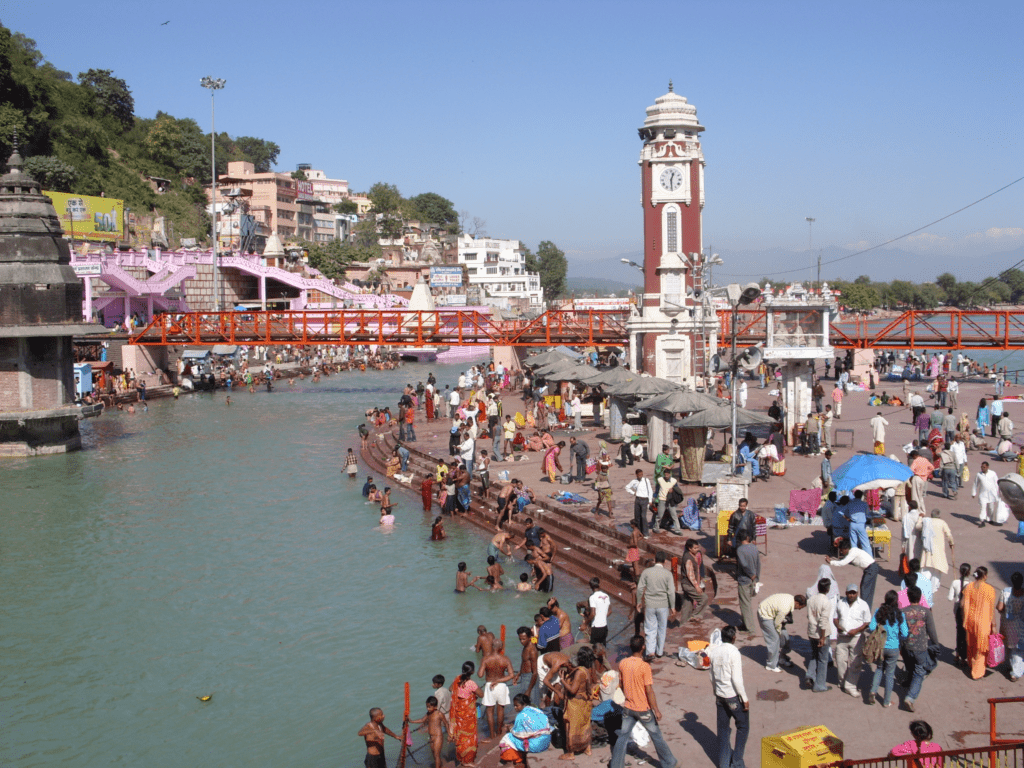
Image Source: Google Images
The Mythological Significance of Kumbh Mela
The Kumbh Mela is linked to the churning of the cosmic ocean by gods and demons in order to obtain the elixir of immortality, as per Hindu mythology. The elixir was dispersed at four distinct locations during the churning process, which are now the sites of the Kumbh Mela. The Kumbh Mela in Haridwar is regarded as the most sacrosanct of all, as it is believed to be the location where the Ganges, the sacred river of India, flows into the plains from the Himalayas.
The Rituals and Traditions of Kumbh Mela
The Kumbh Mela is a period of spiritual purification, devotion, and the pursuit of enlightenment. To absolve themselves of their sins, pilgrims from all walks of life convene to take a sacred dip in the Ganges. Shahi Snan, or the regal bath, is a ritual bath that is administered on predetermined auspicious dates, as determined by astrological calculations. The Shahi Snan is governed by a variety of sadhus, who are regarded as the guardians of spiritual knowledge and ancient wisdom.
The Grandeur of Kumbh Mela
The Kumbh Mela in Haridwar is a magnificent and spiritual spectacle. The mela ground, a temporary city of shelters, is the name given to the entire city. The mela ground is divided into various sectors, each of which is dedicated to a specific sect or group of sadhus. The chanting of mantras, the aroma of incense, and the melodies of devotional music permeate the air. Throughout the Kumbh Mela, a variety of religious ceremonies, spiritual discourses, and cultural programs are conducted.
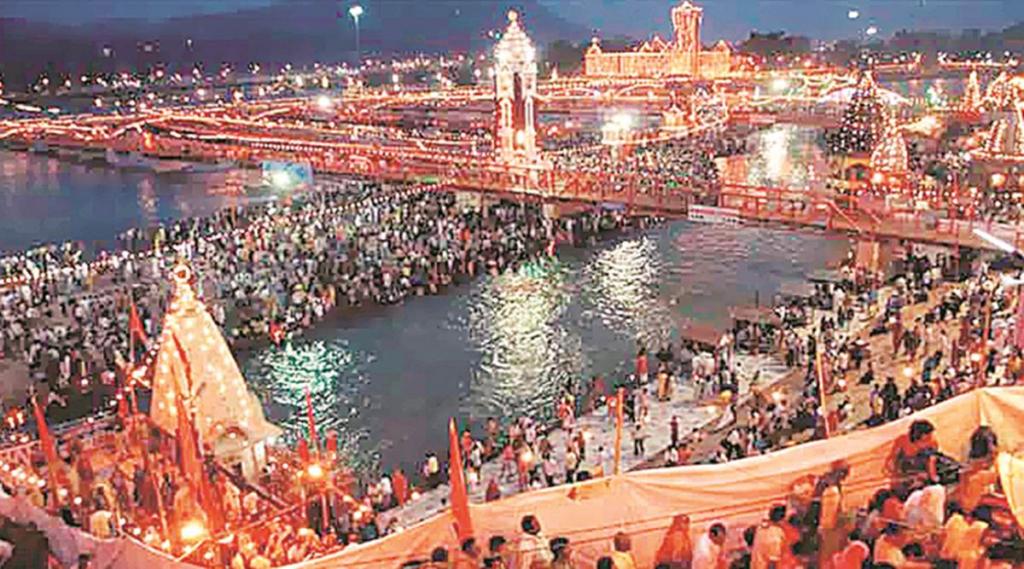
Image Souce: Google Images
Kanwar Yatra: Devotion in Motion
Another noteworthy occasion that transpires in Haridwar during the sacred month of Shravan (July-August) is the Kanwar Yatra. It is a pilgrimage in which devotees, known as Kanwariyas, transport ornately decorated pots filled with holy water from the Ganges on their shoulders and walk long distances to their hometowns or to temples dedicated to Lord Shiva. The Kanwar Yatra is regarded as a form of penance and devotion, as devotees embark on the arduous journey on foot, frequently traversing hundreds of kilometers.
The Significance of Kanwar Yatra
The Kanwar Yatra is a Hindu mythological tradition that is linked to the narrative of Lord Shiva’s quest to acquire the sacred water of the Ganges. It is believed that the blessings and fulfillment of wishes are bestowed upon those who transport the holy water on their shoulders and offer it to Lord Shiva. The yatra is also perceived as a means of purifying the psyche and seeking forgiveness for one’s sins.
The Journey of Devotion
In order to reach their destination, devotees frequently endure severe weather conditions while walking barefoot during the Kanwar Yatra. Throughout the voyage, they sing devotional songs and chant hymns in honor of Lord Shiva. Unwavering faith, devotion, and determination are exemplified by the yatra. Witnessing thousands of devotees carrying their kanwars (pots) on their shoulders, clad in saffron attire, and chanting religious hymns is a distinctive sight.
The Vibrant Atmosphere
The Kanwar Yatra brings Haridwar to life as the city welcomes millions of devotees from various regions of the country. The streets are festooned with vibrant banners and decorations, and the air is filled with the melodies of devotional music and religious chanting. Temples and ghats are bustling with devotees performing rituals and offering prayers, transforming the entire city into a spiritual center.
Conclusion
In Haridwar, Navratri is a period of profound devotion, vibrant celebrations, and immense spiritual significance. During this auspicious era, the city, which is renowned for its rich history and religious heritage, serves as the focal point of cultural and spiritual activities. The allure of Haridwar is further enhanced by the magnificent events of Kumbh Mela and Kanwar Yatra, which draw millions of pilgrims from around the world. These events display the religious fervor, unity, and diversity that are fundamental components of Indian culture. The city becomes a beacon of spirituality, devotion, and harmony as it celebrates the festivities of Navratri, Kumbh Mela, and Kanwar Yatra.
#haridwar #kumbhmela #mela #navratri
Note: All images are taken from external sources and google images.

